15 Interesting Facts About Parrots

Parrots are some of the most popular and beloved pet birds. Known for their intelligence, talking ability, and vibrant plumage, parrots make fascinating companions. While parrot ownership has its challenges, these clever birds can provide years of enjoyment and entertainment when properly cared for.
If you’re considering getting a parrot or are just curious to learn more, check out these 15 fascinating facts about our feathered friends!
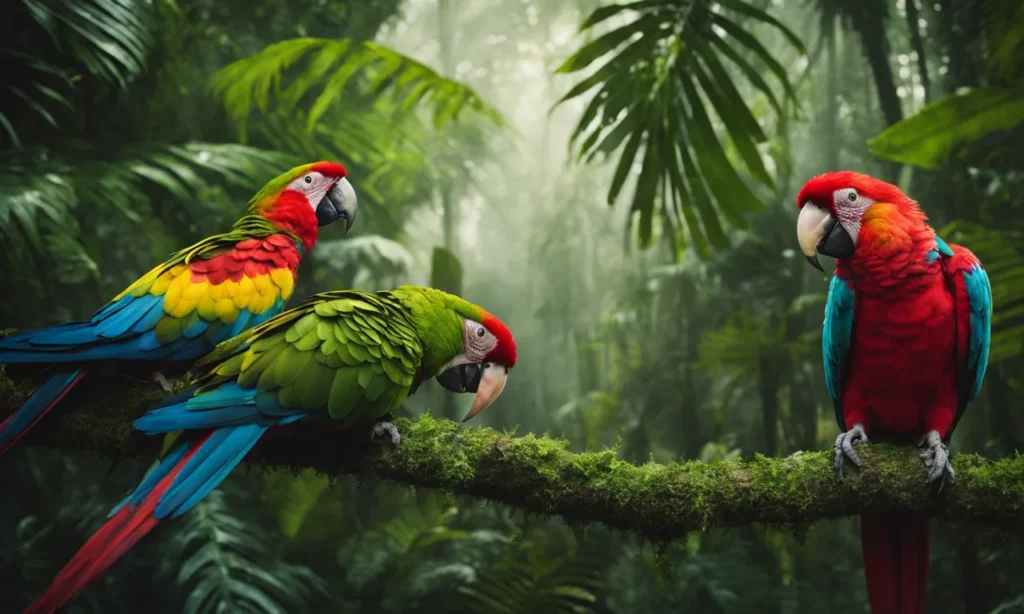
1. Parrots Have Impressive Talking Skills
Many parrot species are excellent mimics and can reproduce sounds in their environment, including human speech. Of all parrots, the African grey parrot has the best talking ability and cognitive skills. They can form sentences, use words appropriately in context, and develop vocabularies of over 100 words. Other skilled talking parrot species include Amazon parrots, eclectus parrots, Indian ringnecks, and budgerigars.
2. Wild Parrots Are Highly Social
In the wild, parrots live in large, noisy flocks. They have complex social relationships and communication methods. Parrots groom each other, share food, and may even “dance” as part of their bonding rituals. Providing lots of interaction is key to keeping pet parrots happy.
3. Parrots Mate for Life
Many parrot species form strong, monogamous pair bonds. They rely on their mates for companionship and to help raise their chicks. Mated pairs may even show signs of grief when separated. Some parrot species like cockatiels and lovebirds are exceptions, displaying a more flexible mating system.

4. Parrots Use Tools
Parrots are one of the few animal groups able to use tools. In the wild, they may use sticks, branches, or other objects to obtain food. Captive parrots can be taught to manipulate and use items in their environment as tools as well. Their tool use shows advanced cognitive abilities.
5. Parrots Have Zygodactyl Feet
Parrots have a unique foot structure with two toes facing forward and two facing backward. This “zygodactyl” arrangement gives them a strong gripping ability. The dexterous toes allow parrots to grasp and manipulate food and other objects.
6. Parrots Have Complex Social Structures
Parrot flocks have hierarchies and social structures. Each parrot is aware of its place and role within the flock. Flock members coordinate activities, forage together, and may even take turns as “lookouts” for the group.
7. Parrots Have Varied Diets
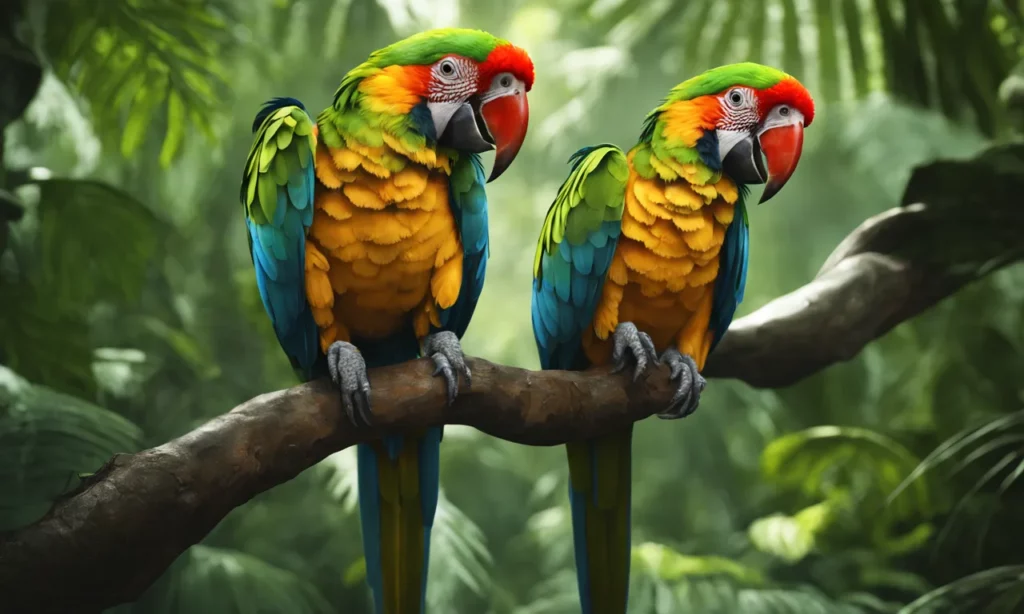
Most wild parrots are omnivorous, feeding on seeds, nuts, fruits, buds, and some insects. Lories and lorikeets feed mostly on nectar, pollen, and soft fruits. Fig parrots have specialized diets consisting almost entirely of figs. Providing a varied, nutrient-rich diet is key for pet parrot health.
8. Parrots Have Excellent Vision
Parrots have visual abilities equal to or greater than humans. They have excellent color vision and the ability to see ultraviolet light. Parrots can see a wider range of colors than people and can detect even subtle color differences. This helps them find food and avoid predators.
9. Parrots Are Long-Lived
Many parrot species have impressively long lifespans for their size. Large parrots like macaws and cockatoos can live 60-80 years with proper care. Smaller parrots like budgies, cockatiels, and lovebirds have typical lifespans of 15-25 years. With a long commitment, parrots make lifelong companions.
10. Parrots Have Complex Brains
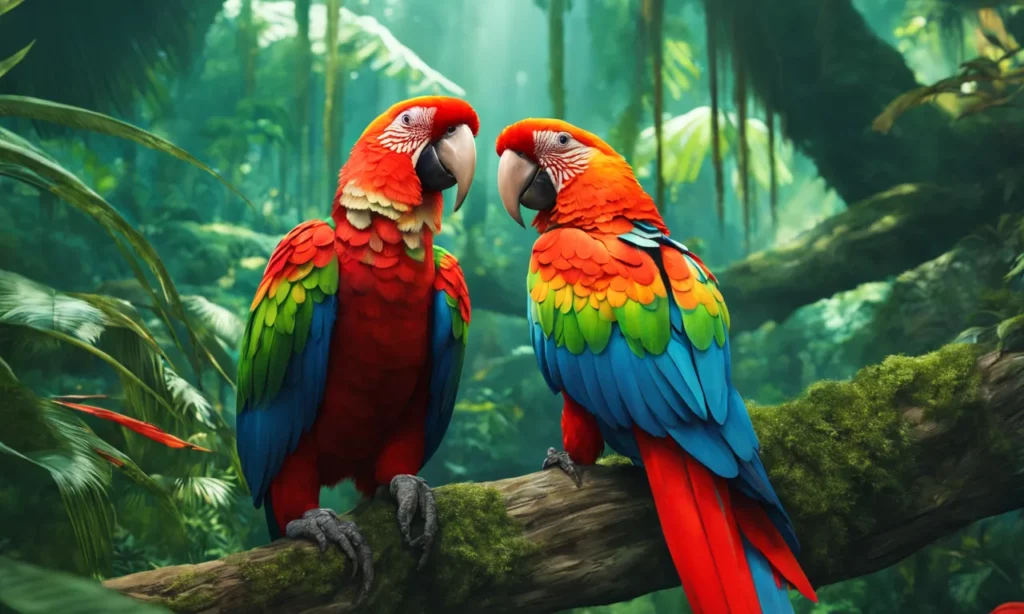
Parrots have large brains relative to their body size. Studies show they have advanced cognitive abilities including problem solving, understanding object permanence, numeracy, and self-awareness. Their intelligence is considered on par with great apes, dolphins, and elephants.
11. Parrots Have Unique Beaks
The parrot’s large, curved beak is specially adapted for cracking hard nuts and seeds. The upper and lower mandibles of the beak function independently to provide dexterous manipulation. Parrots also use their beaks for climbing, grooming, and as a “third foot” when grasping objects.
12. Parrots Have Specialized Tail Feathers
Parrots have unique tail structures that aid with flight control and stability. The long tail feathers help parrots make tight turns and hover near food sources. The short, stiff tail feathers provide support while a parrot uses its beak for climbing or feeding.
13. Parrots Use Body Language
Parrots have an elaborate system of body language and signals for communication. Postures like wing flicking, beak grinding, feather ruffling and tail fanning all convey specific meanings. Understanding parrot body language helps owners interpret their pet’s mood and needs.
14. Parrots Have Varied Vocalizations
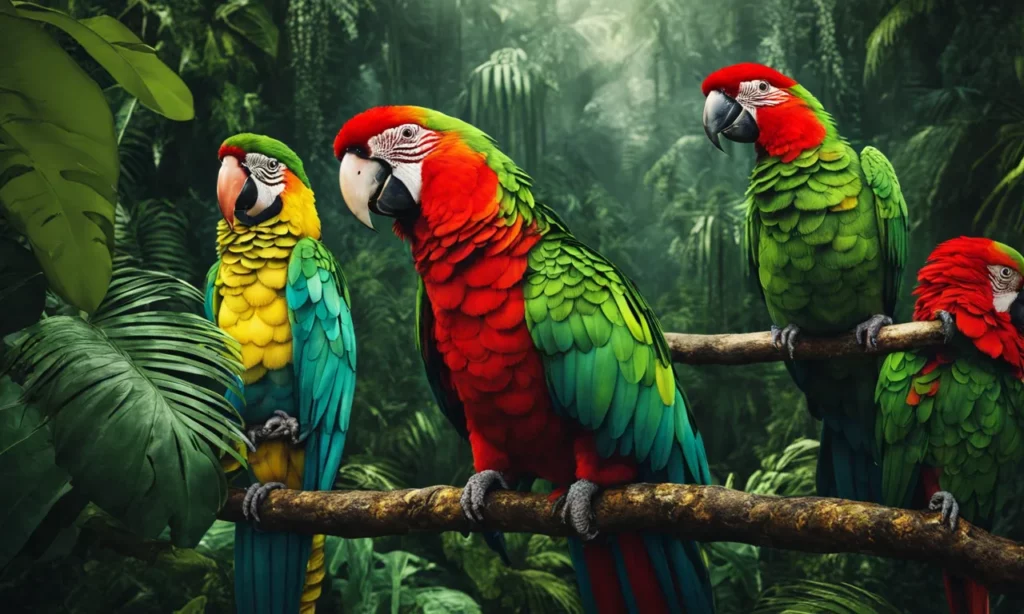
Parrots make a wide array of sounds beyond mimicking speech. Screeches, whistles, clicks, chirps and more all communicate different messages. The context of various calls helps coordinate flock activities. Many species also incorporate unique contact calls for flock members.
15. Parrots Have Complex Breeding Behaviors
Parrots have intricate courtship rituals and breeding behaviors. This includes regurgitating food, allopreening feathers, vocal duets, nest displays, and more. Parent parrots are devoted caregivers who incubate eggs, brood young, and teach survival skills.
Parrots are fascinating, intelligent creatures that make unique animal companions. With a proper understanding of their needs, parrots can thrive in captive settings and interact meaningfully with owners. If you’re looking for an engaging, long-lived pet, a parrot may be the perfect fit!
Conclusion
Parrots are fascinating creatures that make for unique and engaging pets. However, parrot ownership comes with great responsibility. Parrots are highly intelligent, social animals with complex needs.
Providing the proper diet, housing, enrichment, and veterinary care is essential for their health and welfare. While parrots can form close bonds with their owners, they should not be anthropomorphized.
Understanding natural parrot behavior and biology is key to interpreting their actions correctly and meeting their needs. With dedication and proper care, parrots can thrive and delight owners for many years.
Those considering parrot ownership should carefully research the commitment involved. When well cared for, parrots make lively, affectionate companions.
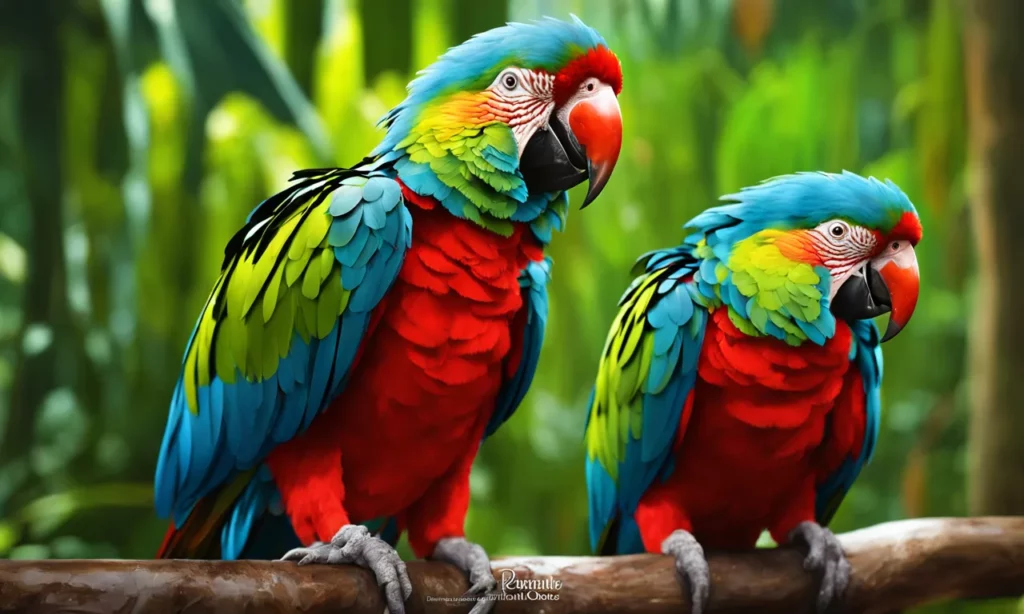
FAQ
1. How long do parrots live?
Parrots have impressively long lifespans for their size. Large parrots like macaws and cockatoos can live 60-80 years with proper care. Smaller parrots like budgies, cockatiels, and lovebirds have typical lifespans of 15-25 years. With a long commitment, parrots make lifelong companions.
2. Do parrots make good pets?
Parrots can make excellent pets for the right owners. They are highly intelligent, social animals that require lots of interaction, a proper diet, large cages, and enrichment to thrive. Parrots bond closely with their owners and can be affectionate and entertaining. However, they also need significant time commitments and can be loud, messy, and destructive when bored or stressed.
3. What do parrots eat?
Parrots are omnivores that need a varied diet. Their diet should consist of high-quality pelleted food as a nutritional base, supplemented with healthy table foods like vegetables, fruits, whole grains, and limited seeds. Parrots also need access to clean water at all times. Avoid feeding parrots avocados, chocolate, caffeine, or alcohol.
4. Do parrots bite?
Parrots will often bite or “beak” their owners, especially during hormonal periods. Biting is usually not aggressive, but rather exploratory or a request for attention. However, parrots can bite hard enough to break skin. Proper training and handling techniques can reduce biting. Never punish a parrot for biting.
5. Can parrots talk?
Many parrot species are excellent mimics and can reproduce sounds in their environment, including human speech. Of all parrots, the African grey parrot has the best talking ability and cognitive skills. They can form sentences, use words appropriately in context, and develop vocabularies of over 100 words.
6. Are parrots loud?
Yes, parrots are very vocal birds. Screeching, squawking, and mimicking sounds are all part of their normal behavior. Certain species like macaws and cockatoos are especially loud. Parrots are flock animals that use vocalizations to communicate. Proper training can reduce excessive noise, but an owner must expect normal parrot vocalizations.
7. Can parrots be potty trained?
Parrots can be potty trained to poop in specific locations with time and consistency. Place a potty area in their cage lined with newspaper, paper towels, or a potty pad. When the parrot poops outside the designated area, immediately move the droppings to the potty. Praise and reward the parrot for using the right spot.
8. How much space do parrots need?
Parrots need very large cages, preferably with horizontal bars they can climb. A good general rule is a minimum of 1.5 cubic feet per pound of parrot. The bar spacing should be narrow enough so the parrot’s head cannot fit between. Parrots also need several hours per day outside of their cages for exercise and social interaction.





